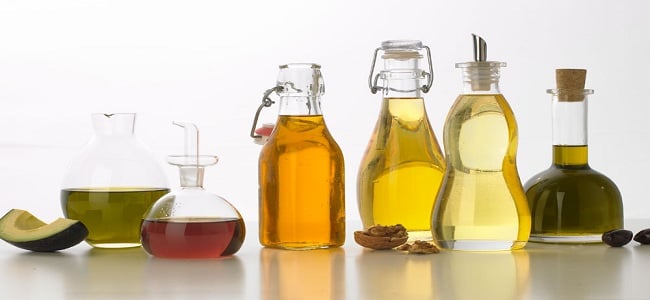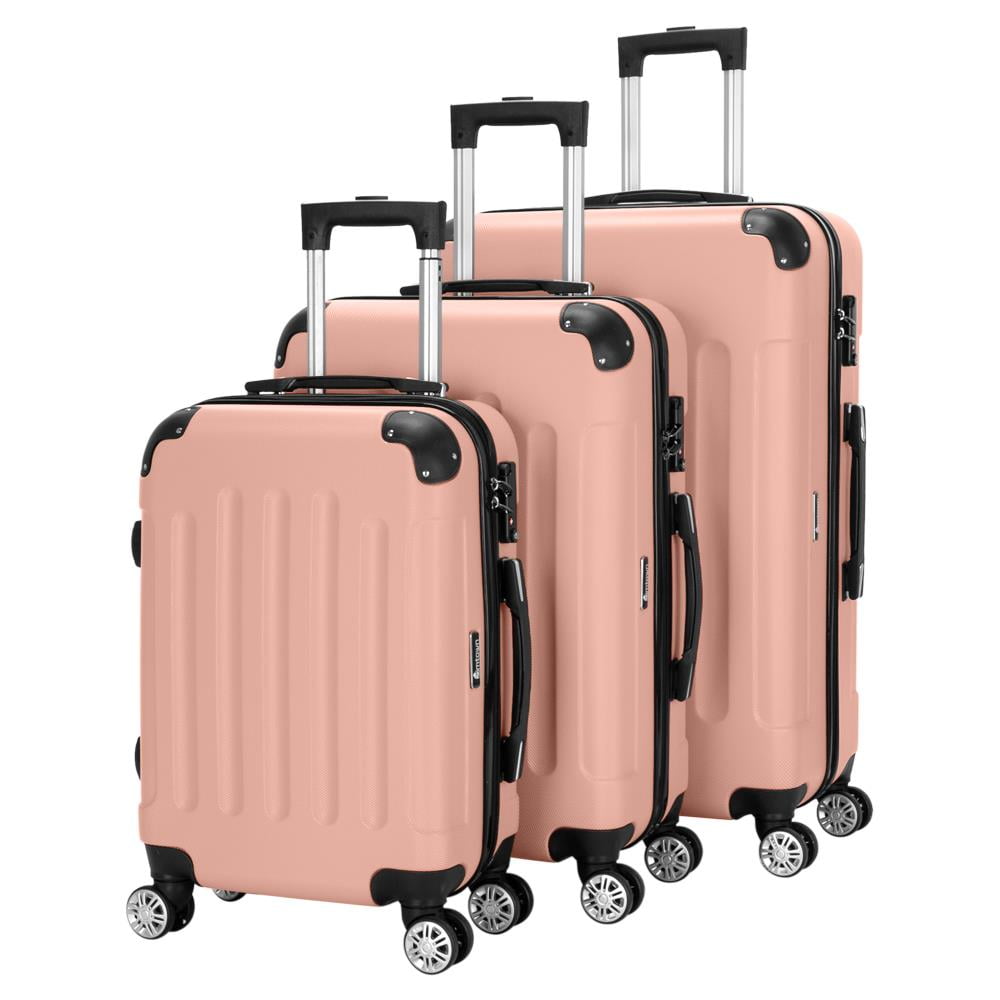The common terms that are used in plastic packaging are BOPET and BOPP. So below is the clarification of what both of them mean.
What Is BOPP and BOPET?
Before diving into a comparison, let’s clarify these terms:
- BOPP (Biaxially Oriented Polypropylene): A type of film made from polypropylene.
- BOPET (Biaxially Oriented Polyester): Typically refers to films made from polyethylene terephthalate (PET).
The Making of the Films: Both BOPP and BOPET undergo biaxial orientation, a process that involves stretching the film in two directions (machine direction and cross direction), which enhances their mechanical properties, making the films thinner, stronger, and more resistant to various stresses.
The Process Explained:
- Extrusion: Melting down the polymer and forming it into a sheet.
- Quenching: Rapid cooling of the sheet.
- Stretching: Stretching the film in both the machine direction (MD) and cross-machine direction (CD).
- Setting: Heat treatment to set the film’s properties.
Key Differences in Properties:
BOPP:
- Moisture Barrier: Excellent moisture barrier properties, ideal for packaging products that need to stay dry (e.g., crisps and snacks).
- Lightweight: Lower density, providing more film per pound, which is cost-effective for mass production.
- Applications: Used in labels, tapes, and products where moisture resistance is crucial.
BOPET:
- Heat Resistance: High heat resistance, suitable for microwaveable meal packaging and other heat-intensive applications.
- Strength and Rigidity: Stiffer, offering better protection for products needing more structural integrity.
- Barrier Properties: Good balance between oxygen and moisture vapor barriers, versatile for various packaging needs.
Applications in Real Life:
- BOPP: Seen in shiny, reflective packaging of chips, protecting contents from moisture.
- BOPET: Used in clear packaging for pre-cooked meals that can be microwaved, ensuring the packaging doesn’t warp or melt.
Innovative Developments: Advancements in simultaneous biaxial orientation processes have enhanced mechanical performance and allowed for higher levels of film orientation. This innovation is promising for producing multilayer films incorporating materials like ethylene vinyl alcohol for improved barrier properties.
Environmental Considerations:
- Both BOPP and BOPET are recyclable, which helps reduce their environmental footprint. However, recycling rates and facilities vary by region.
Comparison of BOPP and PET Films:
- Material: BOPP is made from polypropylene, while PET is made from polyethylene terephthalate.
- Properties: BOPP is generally more rigid and has higher tensile strength. PET is more heat-resistant with a higher melting point.
- Transparency: PET is more transparent, better for applications where visual clarity is important.
- Cost: BOPP is generally less expensive than PET.
- Environmental Impact: Both are recyclable, but PET is more environmentally friendly due to its higher recycling rate and lower greenhouse gas emissions during production.
Summary:
- BOPP: More rigid, less transparent, and cost-effective; popular in economical packaging and foil/paper bags.
- PET: More heat-resistant, transparent, and environmentally friendly; popular in heat-resistant and see-through packaging.
Availability: Both BOPP and PET films are available in various thicknesses, finishes (matte, glossy, metallic), suitable for different types of packaging applications, allowing manufacturers to create packaging with different textures and visual effects.
Conclusion: BOPP and PET films are versatile materials widely used in individual packaging, offering excellent barrier properties, high transparency, and exceptional tensile strength. With increasing demand for individual packaging, BOPP and PET films are likely to remain popular choices for manufacturers looking to create high-quality, customized packaging that protects their products and enhances their brand image.
BOPET – India
Thin BOPET Market The industry in India comprises of 14 players with no one having a dominant market share. Several entrants post 2010 from allied/converting business have backward integrated into BOPET films. The domestic market is competitive and volatile in nature with limited differentiation around standard films.
During FY 2022- 23, eight new BOPET lines have been commissioned impacting the CUF and margins. It may take time to absorb the incremental capacity, especially as six new players are expected to add capacity in the next 1-2 years.
The industry has grown at >10% CAGR over the last decade and is expected to continue to do so in the foreseeable future. Double digit demand growth is driven by demographics, urbanization, increasing income levels & consumerism. Demand for BOPET film in India is currently estimated to be around 6,71,000 tons per annum. The total installed capacity for thin BOPET films in India by end of FY 2023- 24 will be about 12,00,000 tons per annum with a significant portion of the surplus being exported.
BOPP – India
BOPP Market The industry in India comprises of 14 players with two players accounting for ~43% of capacity. The industry has grown at ~12% CAGR over the last decade aided by a new application in Textile bags and is expected to continue to grow. Industry CUF has been 75%+ over the past 5 years – which represents close to full utilization given the product mix.
Around 15% of production is exported, primarily to Asia, North America, Europe & Africa. Some of the existing and two new players have added capacity during the year under review. There are some further capacity additions expected which would lead to reduction in CUF levels before gradual recovery. The Indian BOPP market is currently estimated at about7,15,000 tons per annum and the capacity is expected to be about 11,00,000 tons by end of FY 2023-2024. Demand is expected to grow at around 10% annually.
This supply overhang in both PET and BOPP Films due to large capacity addition is expected to continue for the next 1~2 years.
Global demand – supply dynamics
| Type/ KMT | Demand | Capacity | Utilization |
| Thin PET | 4808 | 6339 | 76% |
| Thick PET | 1128 | 2112 | 53% |
| BOPP | 9452 | 13653 | 69% |
Thin PET – Expected CAGR of 4% – 5%
| Demand | Capacity | Utilization | |
| Thin PET | 4808 | 6339 | 76% |
| Americas | 480.8 | 507.12 | 95% |
| China | 2259.76 | 3042.72 | 74% |
| India | 625.04 | 950.85 | 66% |
| ME and Africa | 96.16 | 253.56 | 38% |
| Europe | 480.8 | 507.12 | 95% |
| Other Asia and Oceanic | 865.44 | 1077.63 | 80% |
Thick PET – Expected CAGR of 4%-5%
| Demand | Capacity | Utilization | |
| Thick PET | 1128 | 2112 | 53% |
| Americas | 124.08 | 106 | 118% |
| Japan | 124.08 | 169 | 73% |
| ROW | 78.96 | 190 | 42% |
| China | 552.72 | 1,246 | 44% |
| Europe | 90.24 | 84 | 107% |
| India | 22.56 | 42 | 53% |
| South Korea | 135.36 | 275 | 49% |
BOPP – Expected CAGR growth of 4%
| Demand | Capacity | Utilization | |
| BOPP | 9452 | 13653 | 69% |
| Americas | 1134.24 | 1774.89 | 64% |
| China | 4347.92 | 6280.38 | 69% |
| Europe | 1512.32 | 2047.95 | 74% |
| India | 661.64 | 955.71 | 69% |
| ROW | 1134.24 | 1638.36 | 69% |
| South East Asia | 661.64 | 955.71 | 69% |
For more detailed analysis on various companies – click here


